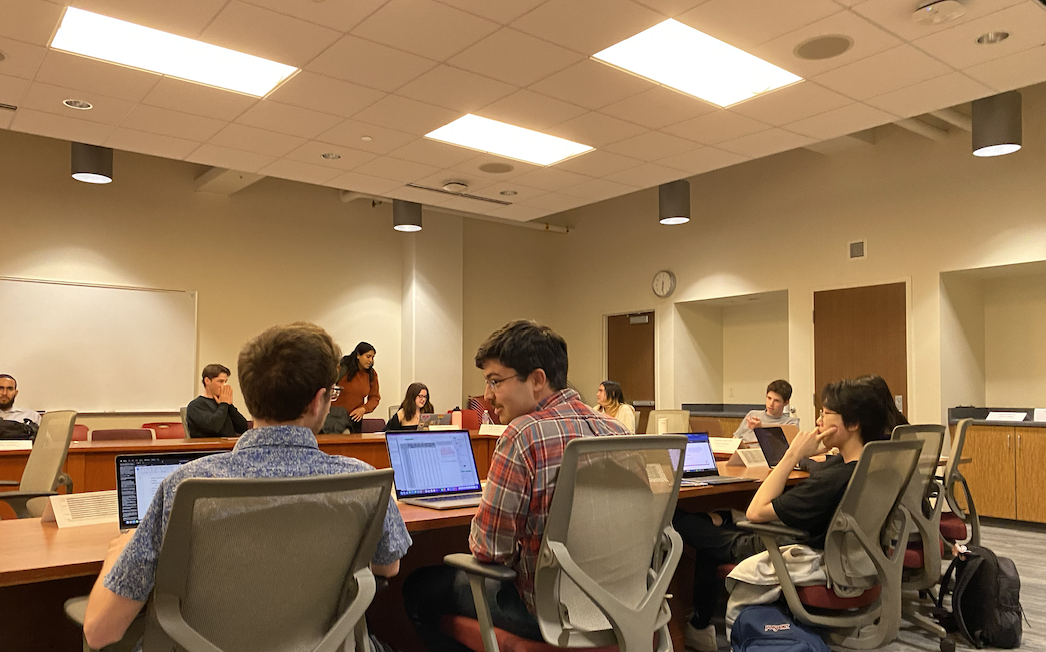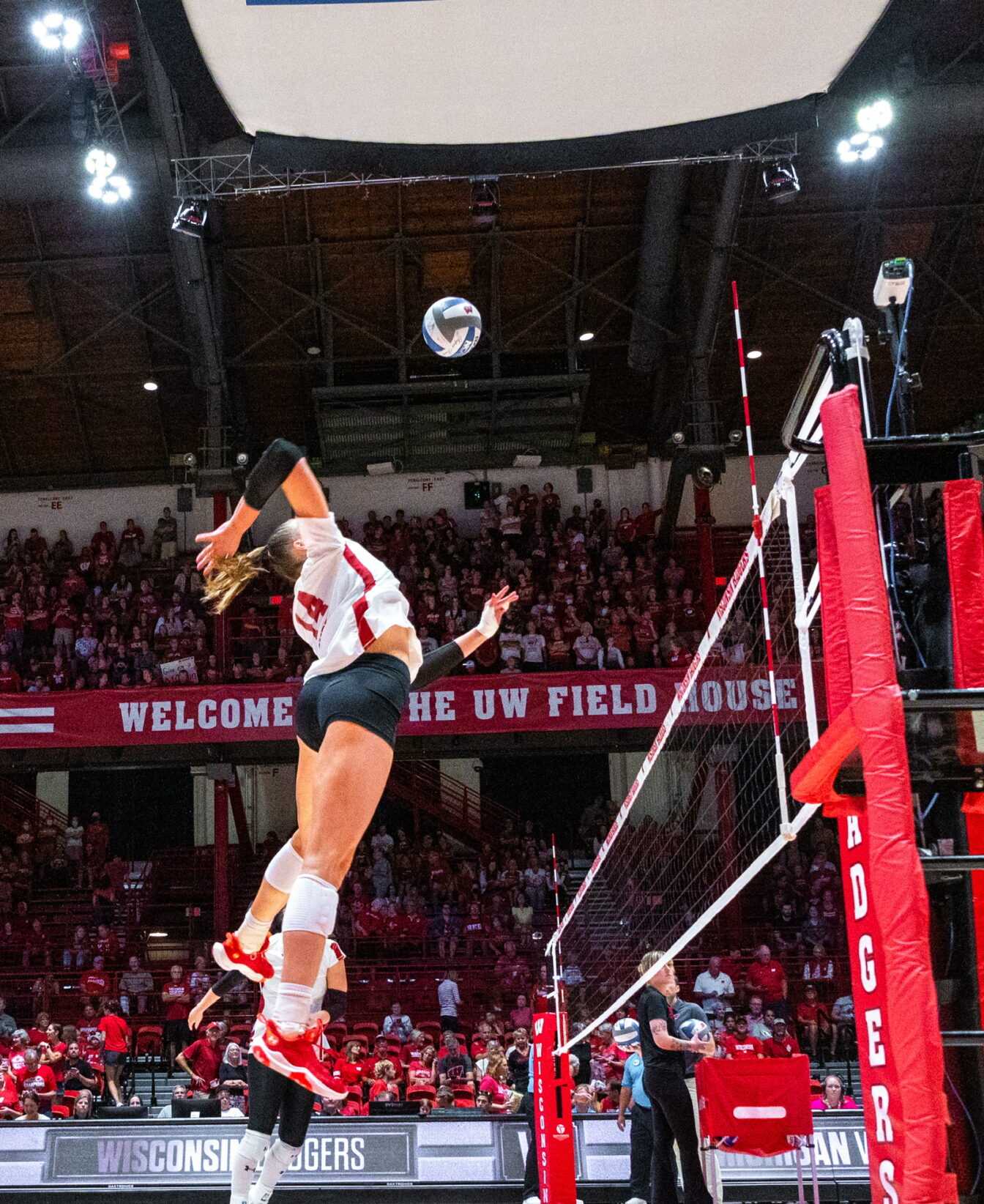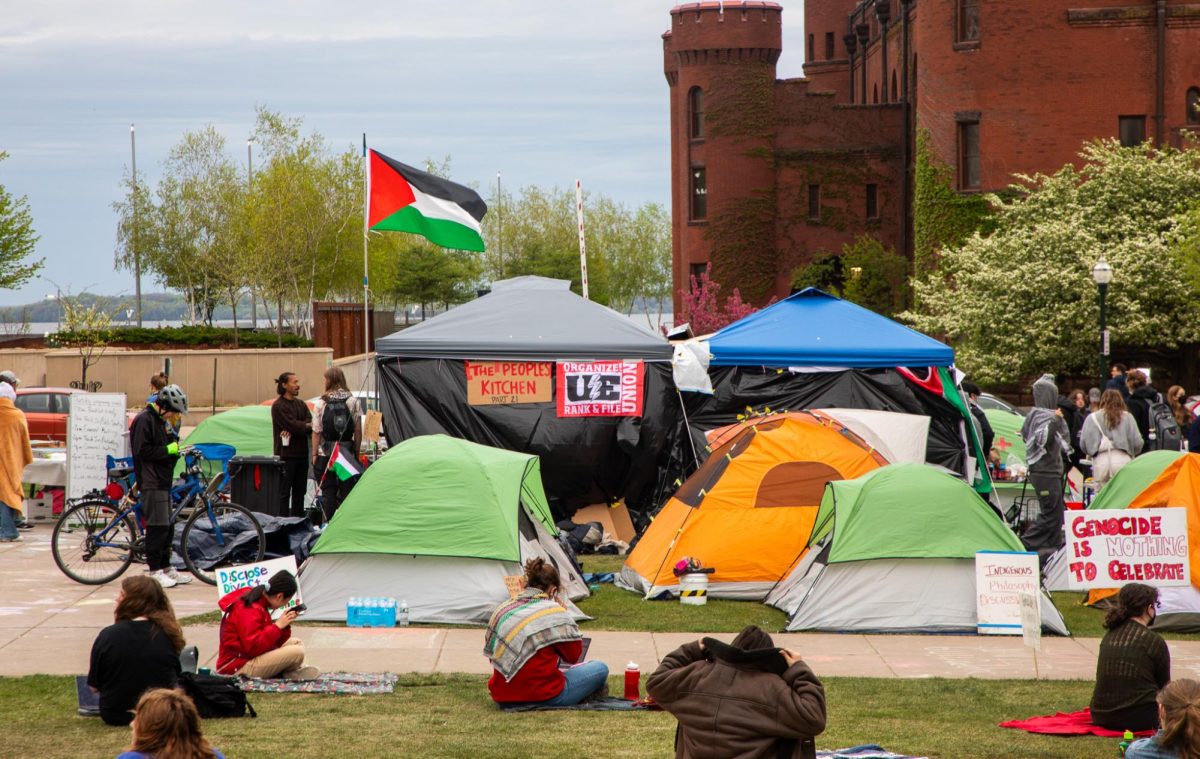Students, faculty and education supporters united despite boundaries of time and space on March 4, 2010, in a concerted demonstration of discontent with the current state of public education in America.
Hundreds of thousands of participants at more than 120 schools in at least 30 different states across the country took part in the March 4 National Day of Action.
While the particular grievances at each school varied, the central focus of the movement was on ever-rising tuition costs, faculty, classroom and funding cuts, and a general sentiment that public education has taken a back seat and should be reprioritized on a national level.
“Students are really fed up with how government and colleges are looking at affordability, access, the role of education in American life and what the priorities are here, and I think they are starting to challenge that,” said Pedro de la Torre, advocacy senior associate for Campus Progress.
The action
California acted as the representative focal point for the day’s events. Tens of thousands of students and faculty from grade school through graduate programs showed up to protest general trends of divestment on the part of the state.
Rallies from multiple schools converged on Oakland City Hall, accompanied by police in full riot gear, for a mass protest of public education cuts and rising tuition.
A faction of this rally broke off, marching onto Interstate 880 near downtown, blocking traffic for miles in each direction for more than one hour till police forcefully intervened, arresting 150 people.
Meanwhile at the University of Wisconsin-Milwaukee, 15 students were arrested when a rally outside the main administrative building led to a scuffle between police and protesters.
While the mass protests in California and isolated incidents of violence and police action captured the attention of the nation, dozens of other schools from the East Coast to the West were acting in solidarity against the ever-rising cost of public education.
Around 600 students at William Paterson University in New Jersey, a school of about 10,000 students, held a walkout and rally that included a mock burial of a coffin representing the death of public education, said Tatiana Guerro, a senior and vice president of Young Democratic Socialists at William Patterson.
Riot cops stood by as nearly 1,000 students, labor workers, faculty and supporters participated in an education strike and held a ‘raucous’ rally on the University of Washington campus, according to Sarah White, law student and member of the Student Worker Coalition.
In addition to holding a 10-hour sit-in at the campus library of Syracuse University, student organizers built a snowmen army outside of the main administrative building, presenting the chancellor with a petition listing the demands of students, said Ryan Badman, Syracuse University undergrad and member of Students for a Democratic Society.
Further actions from around the country included occupation of administrative and campus buildings, picket lines, teach-ins and walkouts. The vast majority remained peaceful.
The grievances
Protesters nationwide were reacting to multiple symptoms of what they see as a trend of disinvestment in public education, threatening what some called a fundamental human right.
“For the last 50 years, public education at all levels has had huge burdens placed on it as far as what the American society expects from it, but at both the state and federal level has been horrifically underfunded,” said Kaela Talley, a freshman and protest organizer at University of Illinois Urbana-Champaign.
Since 1980, the average price of tuition and fees at an American public four-year college or university has risen by more than 300 percent, according to the College Board’s 2009 Trends in College Pricing report.
In constant 2009 dollars, the national average cost of attending a public institution of higher education per year has risen from $2,174 in 1979 to $7,020 for the 2009-2010 academic year, an annual growth of 4.9 percent beyond inflation.
At the same time, between 1979 and 2008, the poorest fifth of American families saw their average income decrease by about 4 percent, while the richest 5 percent of American families saw their average income rise by 73 percent, according to the College Board.
“Education should be a right, not a privilege,” Guerro said. “We are fighting for a diploma that signifies growth in a human being, not a financial status.”
Public institutions of higher education generally rely on two sources of revenue to support their core educational programs — state funding and tuition and fee revenue, according to Gary Sandefur, University of Wisconsin dean of the College of Letters and Science.
Historically, Sandefur said, when state funding decreases, tuition increases.
State funding for public universities and colleges has in fact steadily declined over the past 20 years.
State appropriations for public higher education per $1,000 in personal income have declined steadily from a national average of $9.74 in 1989-90 to $6.50 in 2008-09, according to the College Board.
“University of California now receives half as much from the state per student as it did in 1990,” Leslie Sepuka said, spokesperson for UC-system. “We do have a serious budget issue… but to say this hasn’t been going on for a while and that this isn’t cumulative really wouldn’t portray an accurate picture.”
States across the country have experienced an ever-increasing demand for their funds, especially as the cost of Medicare has skyrocketed in recent years, Sandefur explained.
“It’s not so much that states don’t want to support higher education, it’s that their ability to do so has been constrained,” Sandefur said.
Others are more skeptical, particularly when state funding for public higher education is compared to the money many states dole out to prisons and correctional facilities.
Jake Stillwell, spokesperson for the United States Student Association, said multiple states around the country that used to allocate more money to public higher education than prison systems, have reversed their funding priority in recent years.
“I definitely think there is a correlation there,” Stillwell said. “Study after study shows that if a population is less educated it will have higher crime rates… more funding of the prison system and less on higher education is sort of a self-perpetuating cycle.”
As state support of higher education continues to drop, some educational leaders are calling for a reevaluation of the role federal government plays in supporting public education.
Federal support of public higher education is predominantly in the form of research grants and student aid.
In 2008-09, the federal government gave out $56.5 billion in undergraduate student aid, accounting for 45 percent of the total aid receive, according to the College Board’s 2009 Trends in Student Aid report.
But some believe the federal government should be doing more.
President of UC System Mark Yudof recognizes the substantial support the federal government provides in the form of grants and financial aid, but says it is problematic that states are left to fund core programs, including faculty compensation and classroom development, on their own.
“Broadening access into universities that have been forced to cut faculty, reduce enrollment and cancel programs can be seen as a hollow victory,” Yudof said in a white paper titled “Exploring a New Role for Federal Government in Higher Education.”
Although most have pointed to the specific trends in rising tuition and funding cuts as the root stimulus for the March 4 demonstration, others view these as symptoms of a deeper, ideological flaw in American society.
“We have a system that operates for the benefit of corporations and not for the common good, I think more and more people are seeing that,” said Betty Olson Jones, president of the Oakland Education Association.
While most demonstrations focused on tuition hikes and continued cuts to public education, concerns over racism, workers’ rights and administrative accountability also played roles in energizing the day’s actions.
The movement
The effects of the March 4 protests remain to be seen, but among those involved there seems to be a general consensus the actions the country witnessed on March 4 were only the beginning of a movement quickly gaining momentum.
“It really is a culmination of a shift in the way that student activists see themselves… there’s really been a sense of student organizers being part of a larger movement,” said Angus Johnston, a historian of student activism who teaches at the City University of New York and maintains the website Studentactivism.net.
John Berger, who started the Maryland chapter of Students for a Democratic Society and has since been heavily involved with the organization on a national level, echoed this sentiment, saying he viewed March 4 as the “coming out party of a national student movement.”
Berger added that in his opinion, what makes such a movement special, what makes it new, is that the current generation of young people will be the first in America where children probably will not live as well off as their parents.
“The kids are worried about their future, and they don’t like what they see, and more and more they are digging deeper and looking at the way that the problems they are facing, come from the same causes,” Berger said.
Similar student movements in the 1960s were often viewed as organized and motivated by particular organizations and individuals. In particular, SDS became a brand name for the civil rights and anti-war movements of the era.
Cognizant that small factions of SDS were responsible for many of the bombings and militancy on American campuses in the 1960s, de la Torre of Campus Progress said there is some concern the current movement might be co-opted in a similar way.
There are, however, fundamental differences between movements of the 1960s and the one currently gaining momentum on American campuses that make this unlikely, Johnston said.
“Even the most militant of the students today are really light years away from the kind of stuff that we saw happening in the late 1960s and early 1970s,” Johnston said.
Furthermore, Stillwell of USSA said there is no one organization or group that can be identified with the current movement.
“[March 4] was organized entirely by students. This was your textbook example of an organic grassroots movement, where students were inspired by each other,” Stillwell said.
As the movement continues to gain momentum, many have emphasized the importance of maintaining a non-violent approach.
The ultimate end of any movement is to sway public opinion, Olson Jones said, adding that violence and other types of destructive disobedience can turn people off to the cause.
At the same time, she said she feels “a creative, more in your face type of civil disobedience” can be effective.
Stillwell agreed, saying it is important to empower students and make people feel like they are making a difference, because that invests them in the campaign.
Johnston said this empowerment was one of the most significant aspects of March 4.
“Students see themselves as empowered, and I think that seeing yourself as having power, gives you power,” he said.
Funneling this power into productive action will determine the future of the movement.
As the Student Aid and Fiscal Responsibility Act comes to a vote in the Senate, Stillwell thinks the most productive focus for an education movement’s momentum is lobbying the Legislature to pass it.
If passed, SAFRA would streamline federal student aid processes by cutting out the middleman role private banks currently play in lending money to students. The bill has been estimated to save the federal government $87 billion, which would then be reinvested in public education.
In what some view as an important step forward for the bill, it now appears Democrats will bundle SAFRA with the reconciliation healthcare bill.
USSA will host its National Student Lobby Day March 20-23 in Washington D.C., where students will come from all over the country to lobby senators and advocate for the passage of SAFRA.
Whether or not the education movement continues to gain momentum and students capitalize on the accomplishments of March 4, the country will be watching.
“Everybody’s paying attention to this right now,” Johnston said. “Students have the attention of a lot of people, and I think that’s going to result in increased activism and increased organizing, and I do think there will be a new potency to this organizing.”
















